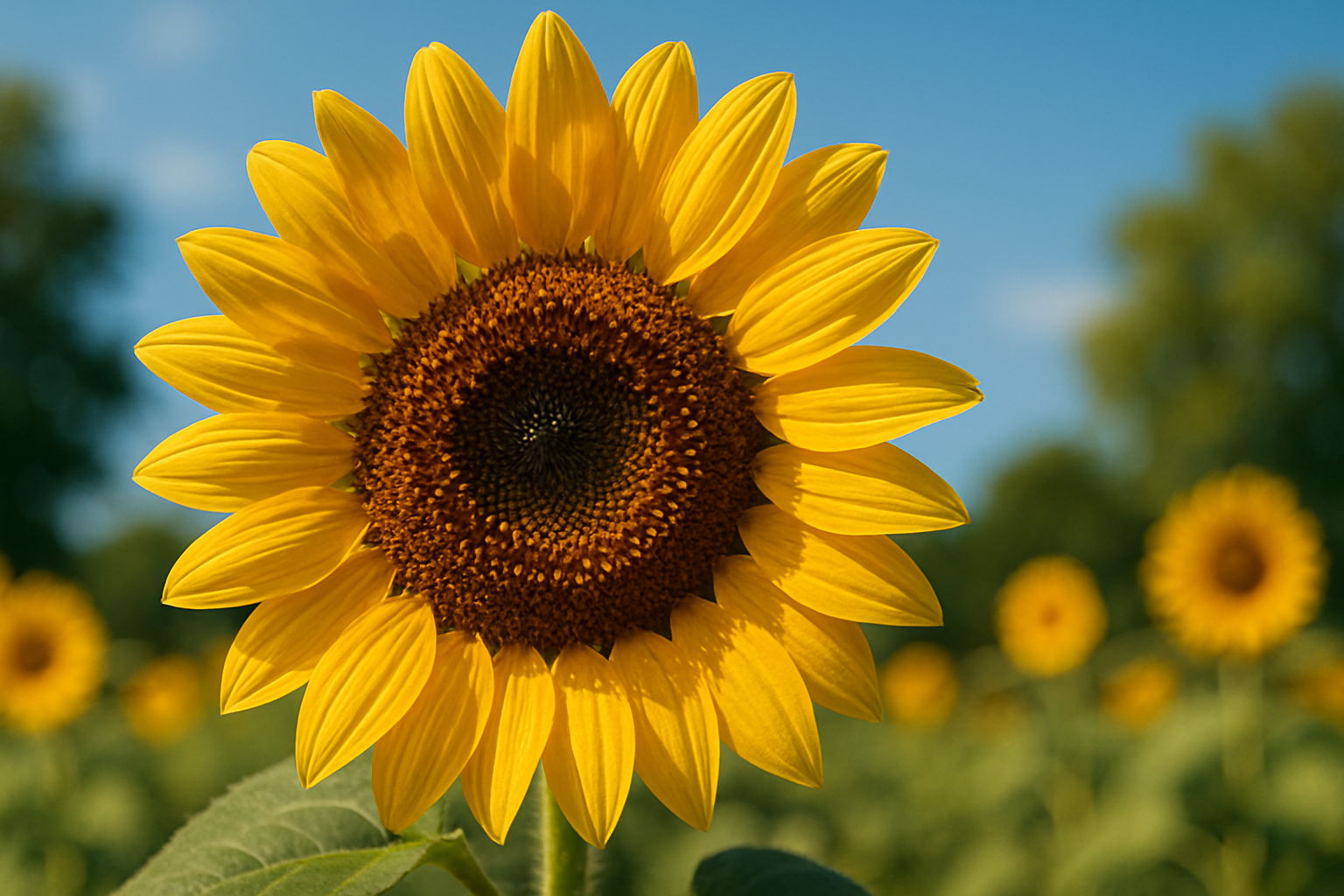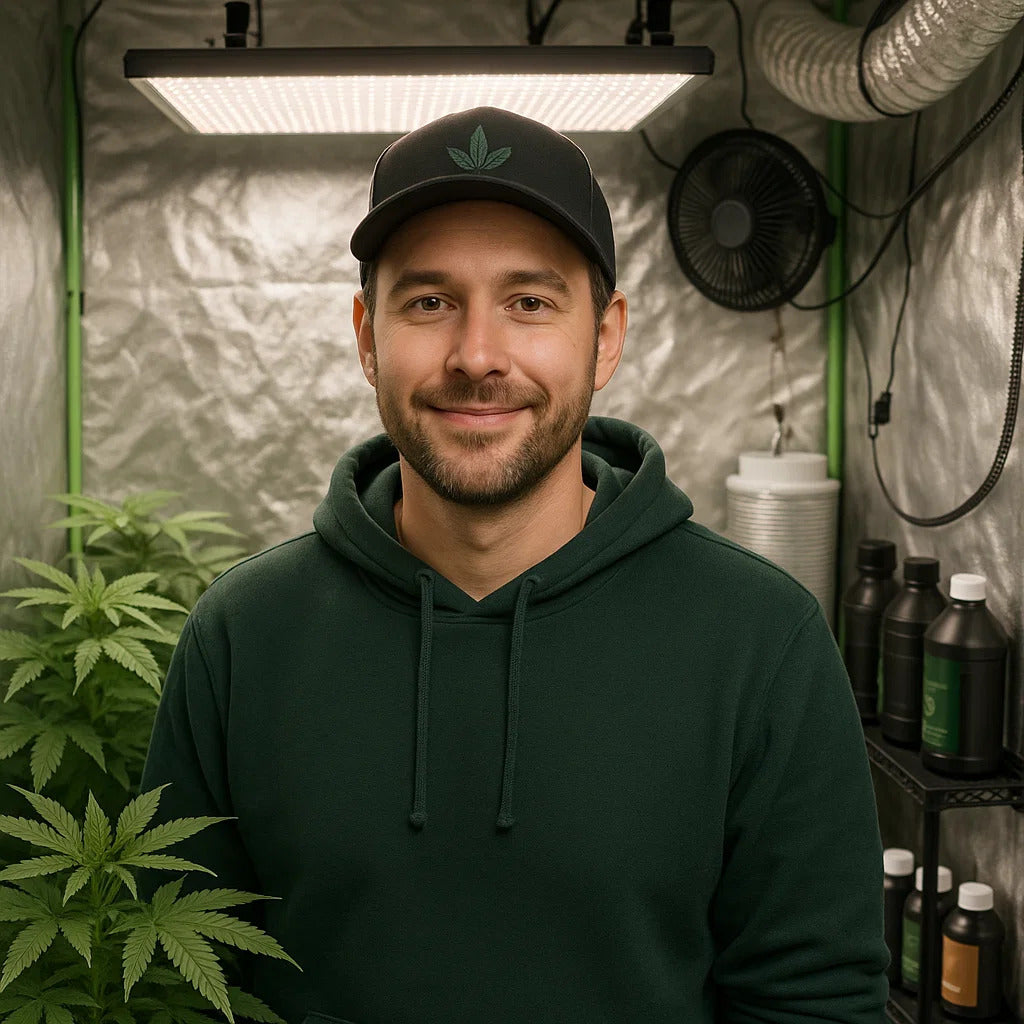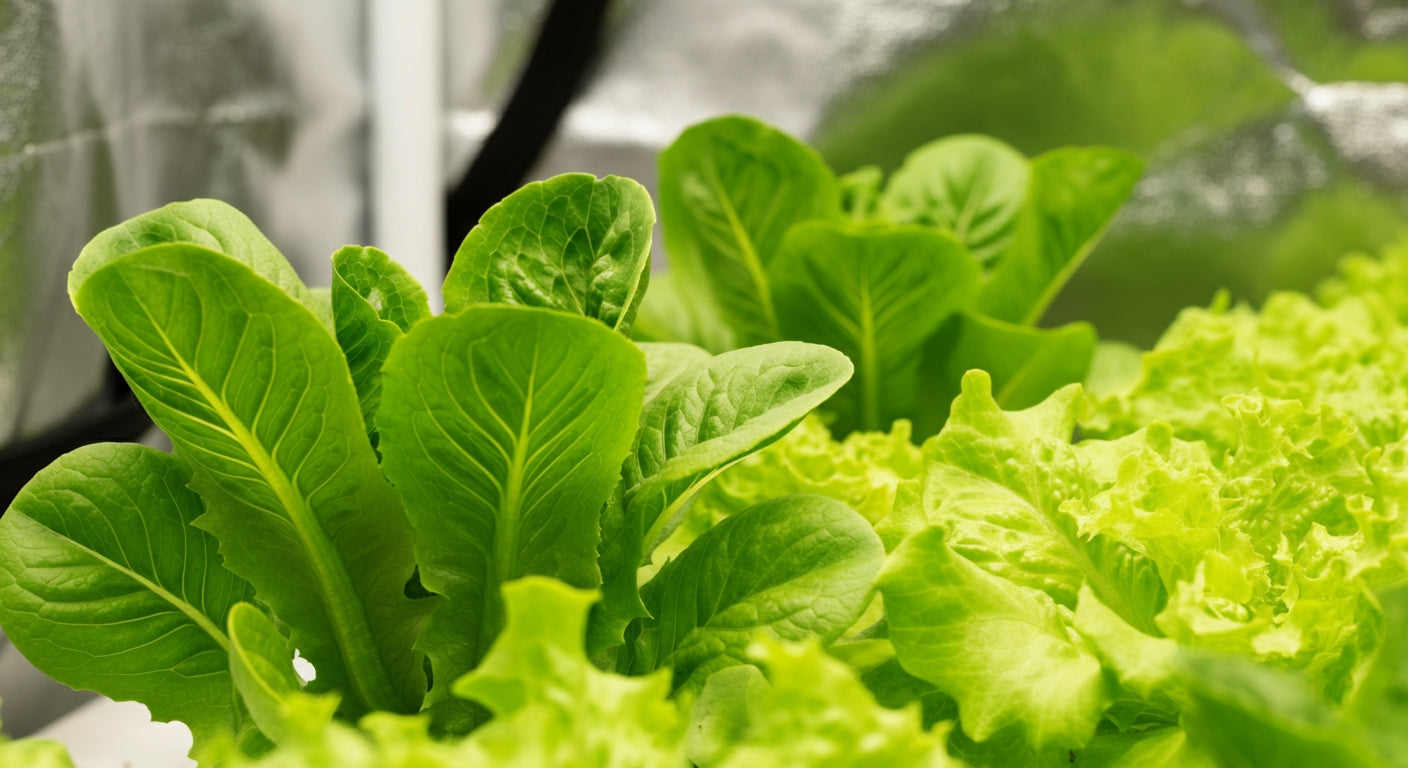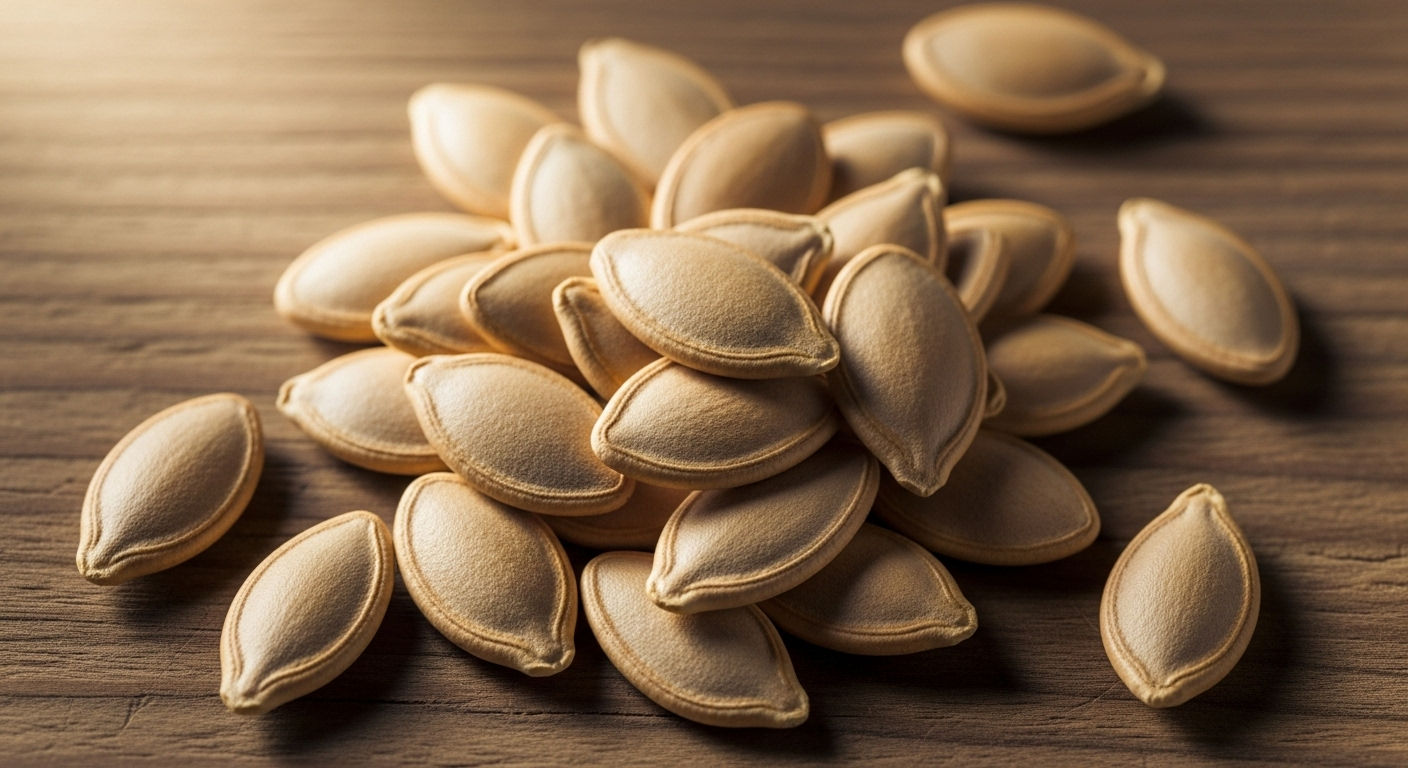
How to Choose and Plant Sunflower Seeds for Spectacular Blooms
Growing sunflowers from seeds is one of gardening's most rewarding experiences. These iconic flowers not only create stunning visual displays with their towering stalks and bright, cheerful blooms, but they're also relatively easy to grow for beginners and experienced gardeners alike. This comprehensive guide will walk you through everything you need to know about selecting and planting sunflower seeds for a successful harvest.
Understanding Sunflower Varieties and Their Seeds
Sunflowers (Helianthus annuus) come in an impressive array of varieties, each with unique characteristics that might make them perfect for your specific growing goals. Before purchasing sunflower seeds for planting, it's important to understand the options available.
Classic Giant Varieties
The mammoth or giant varieties like 'Russian Mammoth' and 'Titan' can reach heights of 10-12 feet with dinner plate-sized blooms. These varieties produce large, edible seeds perfect for roasting or saving for future planting. Their impressive height makes them ideal backdrop plants in garden designs.

Branching and Multi-Bloom Varieties
Varieties like 'Autumn Beauty' and 'Moulin Rouge' produce multiple blooms on branching stems. These medium-height sunflowers (4-6 feet) offer extended blooming periods and come in stunning color variations from classic yellow to rich burgundy, bronze, and bicolor patterns.
Dwarf and Container-Friendly Varieties
For those with limited space or who want to grow sunflowers in Gorilla Grow Tent 2'x4' indoor growing environments, dwarf varieties like 'Teddy Bear' and 'Sunspot' grow just 1-3 feet tall. These compact plants are perfect for containers, raised beds, or as border plants while still producing beautiful, full blooms.
Preparing for Planting Sunflower Seeds
Successful sunflower growing begins with proper preparation. Following these steps will give your sunflower seeds the best chance to thrive.
Selecting the Perfect Location
Sunflowers, true to their name, require 6-8 hours of direct sunlight daily. When choosing where to plant your sunflower seeds, look for:
- Full sun exposure
- Protection from strong winds
- Adequate spacing (12-18 inches for small varieties, 24-36 inches for large varieties)
- Soil with good drainage
If you're growing indoors, positioning your growing space near a south-facing window or using Gorilla Grow Light systems will ensure your sunflowers receive adequate light intensity for healthy development.
Soil Preparation and Testing
Sunflowers prefer well-draining, slightly acidic to neutral soil (pH 6.0-7.5). Before planting:
- Clear the area of weeds and rocks
- Loosen soil to a depth of 8-10 inches
- Add compost or aged manure to improve soil structure and fertility
- Consider a soil test to ensure proper pH and nutrient levels
For container growing, use a high-quality potting mix with good drainage properties rather than garden soil.

Planting Sunflower Seeds for Optimal Growth
The timing and technique of planting your sunflower seeds significantly impact their growth success.
Perfect Timing for Planting
Plant sunflower seeds outdoors after all danger of frost has passed and soil temperatures have reached at least 50°F (10°C). In most regions, this falls between:
- Early to mid-spring in warm climates
- Late spring in cooler regions
For indoor starts in your Gorilla Grow Tent, begin seeds 3-4 weeks before the last expected frost date, maintaining temperatures between 70-75°F (21-24°C) for optimal germination.
For a continuous display, consider succession planting by sowing seeds every 2-3 weeks through mid-summer.
Step-by-Step Planting Technique
Follow these steps for successful sunflower seed planting:
- Soak seeds overnight in room temperature water to improve germination (optional)
- Plant seeds 1-2 inches deep (deeper for larger varieties)
- Space according to variety requirements
- Water thoroughly after planting
- Keep soil consistently moist until germination (typically 7-10 days)
For indoor growing, plant 2-3 seeds per pot and thin to the strongest seedling once they've developed their first true leaves.
Caring for Growing Sunflowers
Once your sunflower seeds have sprouted, proper care will ensure healthy growth and abundant blooms.
Watering Requirements
Established sunflowers are relatively drought-tolerant, but consistent watering leads to healthier plants and larger blooms:
- Water deeply once a week (approximately 1 inch of water)
- Increase watering during hot, dry periods
- Reduce frequency once seeds begin to mature
When growing in containers or indoor environments, monitor soil moisture more frequently, as they tend to dry out faster than garden soil.
Fertilization and Support
Sunflowers are heavy feeders that benefit from:
- Light application of balanced fertilizer when plants reach 12 inches tall
- A second feeding when flower buds begin to form
- Avoiding excessive nitrogen, which can delay blooming
For giant varieties, install support stakes when planting to avoid disturbing roots later. Bamboo stakes or tomato cages work well and prevent tall sunflowers from toppling in strong winds.

Harvesting and Saving Sunflower Seeds
Knowing when and how to harvest your sunflower seeds ensures you'll have quality seeds for both eating and future planting.
When to Harvest
Sunflower heads are ready for harvest when:
- Back of the flower head turns yellow to brown
- Petals have dried and fallen
- Seeds look plump and are black with white stripes (or appropriate color for variety)
- Birds begin showing interest in the seed head
Cut heads with 4-6 inches of stem attached when seeds are mature but before they begin falling out.
Proper Seed Saving Technique
To save seeds for future planting:
- Hang cut flower heads in a warm, dry location with good air circulation
- Place paper bags over heads to catch falling seeds
- Once fully dry, rub heads to release remaining seeds
- Store in airtight containers in a cool, dry place
- Label containers with variety and date
Properly stored, sunflower seeds remain viable for planting for 1-2 years.
For more detailed information on maximizing your indoor growing space for sunflowers and other plants, check out our blog post on maximizing yields in grow tents.
Common Problems and Solutions
Even with proper care, sunflower growers may encounter some challenges. Here are solutions to common issues:
Pest Management
Common sunflower pests include:
- Birds (protect developing seed heads with netting or mesh bags)
- Squirrels (similar protection methods as for birds)
- Aphids (spray with insecticidal soap or neem oil solution)
- Sunflower moths (regular monitoring and organic insecticides if necessary)
Disease Prevention
Prevent common diseases by:
- Providing good air circulation
- Avoiding overhead watering
- Practicing crop rotation
- Removing and destroying infected plants promptly
For indoor growers, maintaining proper ventilation in your Gorilla Grow Tent with appropriate fans will significantly reduce disease pressure.
FAQ: Sunflower Seeds for Planting
What is the difference between sunflower seeds for planting and eating?
Sunflower seeds sold specifically for planting are untreated, viable seeds with high germination rates. Eating seeds are often roasted and salted, which destroys their ability to germinate. Additionally, many snacking sunflower seeds are specific varieties grown for their seed size and flavor, while planting seeds might be selected for flower characteristics.
When is the best time to plant sunflower seeds?
Plant sunflower seeds outdoors after all danger of frost has passed and soil temperatures reach at least 50°F (10°C). This is typically early to mid-spring in warm climates and late spring in cooler regions. For continuous blooms, stagger plantings every 2-3 weeks through early summer.
How long do sunflowers take to grow from seed to flower?
Most sunflower varieties will bloom within 70-100 days after planting, depending on the specific variety and growing conditions. Dwarf varieties tend to bloom more quickly (around 50-60 days), while giant varieties may take the full 100 days or slightly longer to develop their impressive blooms.
Can sunflower seeds be planted directly in the garden, or should they be started indoors?
Sunflowers perform best when direct-sown in the garden as they develop a long taproot that can be damaged during transplanting. However, in regions with short growing seasons, starting seeds indoors 3-4 weeks before the last frost in biodegradable pots can give them a head start.
How many sunflower seeds should I plant to ensure successful growth?
For direct garden sowing, plant 2-3 seeds per hole at the recommended depth, then thin to the strongest seedling once they've developed their first true leaves. This approach compensates for any seeds that fail to germinate while preventing overcrowding as the plants mature.
Featured Snippet Summary
Sunflower seeds for planting should be sown 1-2 inches deep after all danger of frost has passed when soil temperatures reach at least 50°F. Choose between giant varieties reaching 12 feet tall, multi-branching types with numerous blooms, or dwarf varieties perfect for containers. Provide full sun (6-8 hours daily), water deeply once weekly, and protect developing seed heads from birds for successful growth.
Take Your Sunflower Growing to the Next Level
Ready to experience the joy of growing sunflowers from seed? Whether you're planning a stunning outdoor garden display or want to try growing these beauties indoors, having the right equipment makes all the difference. For indoor gardeners, our Gorilla Grow Tent kits provide the perfect controlled environment for starting your sunflower seeds and nurturing them to maturity.
Visit our website today to explore our complete selection of growing supplies, and don't hesitate to contact our expert team with any questions about your sunflower growing journey. With quality seeds, proper care, and a little patience, you'll soon be enjoying the unmatched beauty of homegrown sunflowers!

Lena Myles
I'm a mushroom enthusiast and home cook based in Oregon. I'm passionate about foraging and creating fungi-focused recipes, especially delicious, plant-based dishes using gourmet mushrooms like trumpet, shiitake, and oyster. When I’m not in the kitchen, you’ll usually find me wandering the woods in search of new wild flavors.


